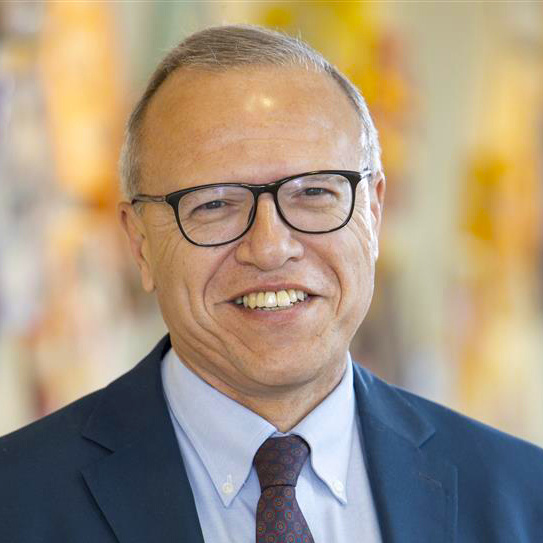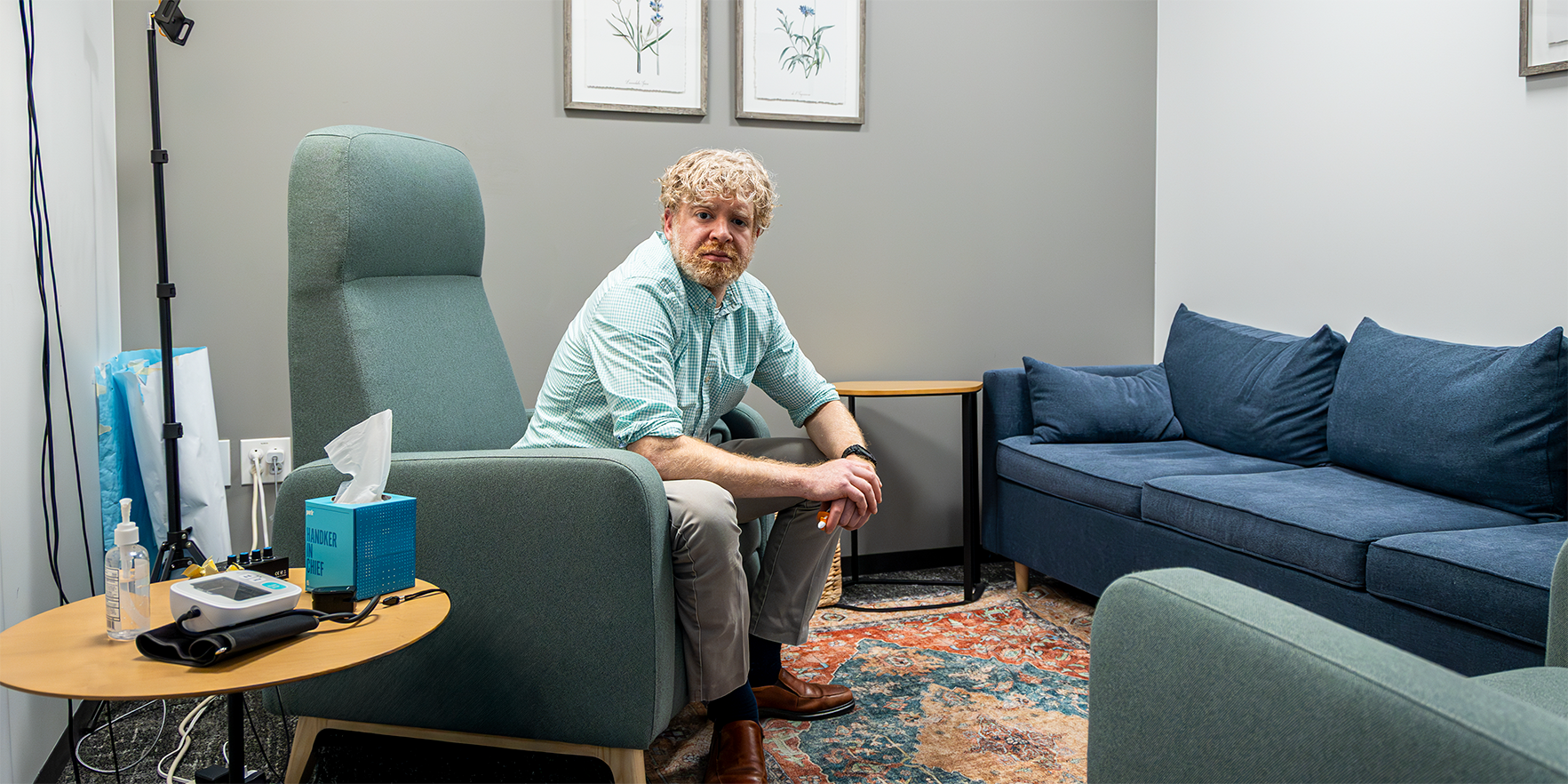In your research, you have found that significant access issues, which are a chief driver in today’s mental health crisis, are landing suicidal youth in places where they might fall through the cracks, is that right?
That’s exactly right. The places where they end up are not at the doorsteps of mental health providers. They end up either in the emergency department (ED), or they end up in their primary care providers’ offices. And, traditionally, there has been a lack of consistent and effective ways for those providers to screen for suicide risk, assess the level of that risk and create reasonable plans for the child and the family to follow if they are not going to be admitted to the hospital.
What are some of the solutions you are working on and providing?
We started a specialized program working with primary care providers and schools to put in place a Zero Suicide prevention pathway. We recruit schools and providers to sign up with us for a year so that we not only train them to screen, assess and create safety plans and referrals, but we stick with them and work with them through any issues in implementation.
Given the totality of the evidence, social connection may be one of the strongest
protective factors against self-harm and suicide among people with and without
serious underlying mental health challenges – U.S. surgeon general advisory
We help practices develop ways to track the suicide prevention pathway work within their electronic medical record. We work out any clinical issues that they have if something comes up and they don’t know how to handle it. And we’ve found this year-long guidance leads to more success. They become more comfortable. We are now going to officially test the program’s success with the recent NIMH grant.
But you have evidence of success, correct?
Yes, in our work with these practices over the past four years, we’ve identified more than 500 kids who are at risk for suicide. That means that 500 kids were identified by their primary care providers and have gone through the screening and assessment work. Now whether those kids would have actually died by suicide, I’m not sure. But what we’ve been able to do is start really recognizing those kids in need and helping them and their families develop appropriate responses.
What about when suicidal youth end up in the emergency department. Are there different challenges?
Yes, in the ED, it’s a different story. They are incredibly busy. Here’s what we are doing at Children’s Hospital Colorado, which I think is fairly unique. When the kids come into the ED, they are getting screened with our evidence-based tool. We work to get the high-risk kids into inpatient care immediately. For low-risk patients, we have a team of folks who help find them treatment in the community.
But then there’s the middle risk – kids who have talked about suicide, but they don’t seem to be at that high-risk criteria level for inpatient care. So at Children’s, we just developed a short-term, crisis-focused intervention, where those kids who are at intermediate risk go to our crisis clinic and are provided focused work. It’s not inpatient, but it’s very much built on those successful kinds of interventions for kids. We had our first patient on June 6.
What happens after youth leave the ED or doctor’s office to keep them on track?
After our providers develop a safety plan, which includes things like removing or locking up dangerous medications and firearms in the home and having trusted and professional people to call, the last thing – and one of the hardest – is getting kids into the right services and then continuing to make sure that they are getting that care.
See youth suicide risk factors, warning signs and protective measures.
To address that, we have another exciting project at Children’s Hospital Colorado that we were just funded by the state to set up: a suite of transition care services. This team will focus on getting kids who are leaving the hospital – whether it’s outpatients, inpatients, crisis services patients, or ED patients – to the right services in the community and following up with families to make sure that they are not meeting any roadblocks.
We have a range of different professionals who are going to be working with families in that way. One of the most intriguing and new aspects of that is parent-peer support. These are folks who have what’s called lived experience, meaning that they’ve had kids who they’ve successfully taken through the mental health system, got the right services, got the right school situations. We’re going to be hiring six or seven of those folks. We are very excited about that part.
What’s your advice for providers who want to help reverse the suicide crisis?
I think that it’s really important that providers feel comfortable in asking questions that may seem to them intrusive. Learn what the good language is to do that, but don’t be afraid to ask those kinds of questions about suicide. You’ll find if you do ask those questions, it’s often a relief to the families and kids, so they can talk about it.
The second thing is: What do I do if they say they are thinking about suicide? Be able to then follow up with assessment of risk, and we can help with this and help with learning how to develop a safety plan. These are things they often aren’t trained in medical school to do, although that’s changing a little bit. But there’s often that worry that: 'I don’t know how to do this.' That’s where we can help.
To request training for school or primary care providers, visit this webpage.
This interview was edited for length and clarity.





